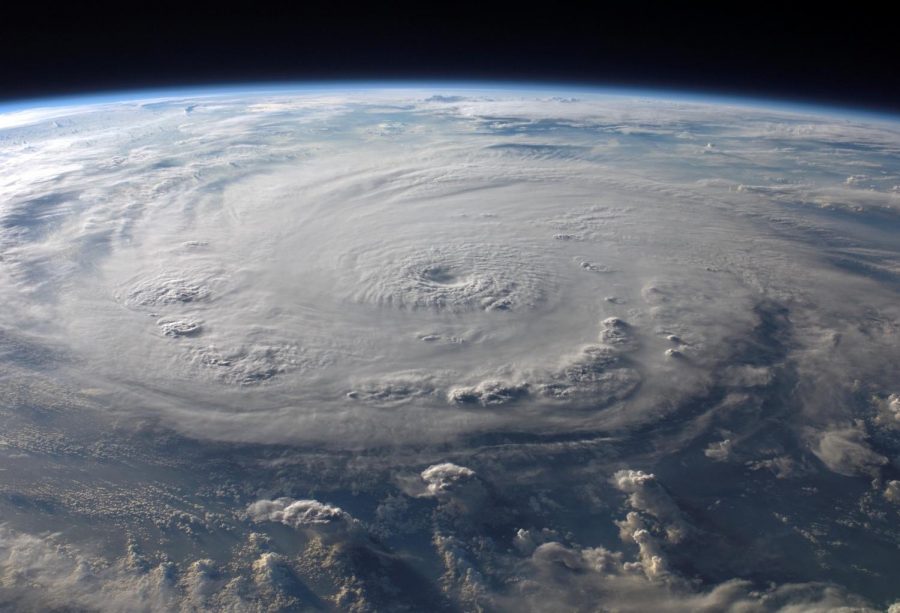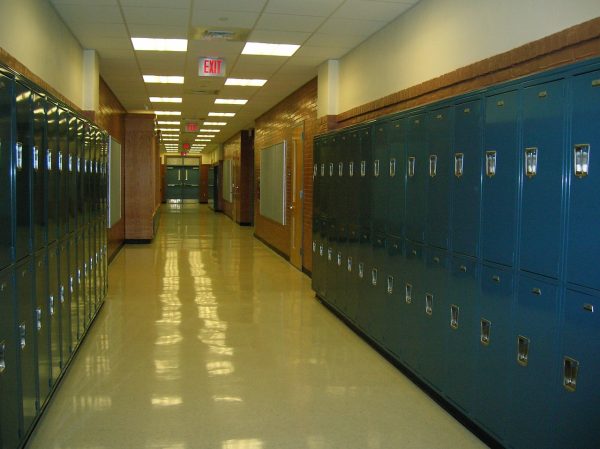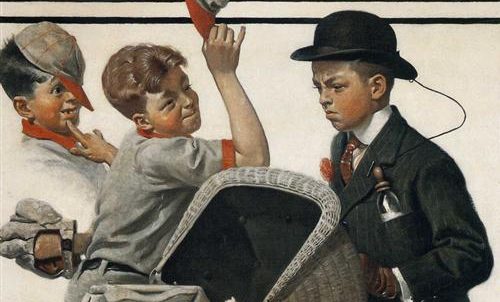Puerto Rico’s Journey With Maria
On September 20th, 2017, Hurricane Maria made landfall in Puerto Rico. Maria was the first Category 4 hurricane that has hit Puerto Rico, since 1932. Although Puerto Rico experiences ‘hurricane seasons,’ no hurricane has been as strong as Maria, to the point that Maria was almost declared a Category 5 hurricane. Maria created, ‘tornado-like destruction,’ with winds going at 157 mph. Hurricane Harvey which hit Houston, Texas for approximately 3 days, brought approximately 10 inches of rain a day, which would lead to a total of 30 inches. In Puerto Rico, it rained 30 inches, in just one day! People responded faster to Hurricane Harvey, than to Maria in Puerto Rico. It has been reported that ten days after Harvey, people from Texas were already receiving direct help from the Federal government. Though they experienced major flooding, Texas did not experience the disasters Puerto Rico did, and it took 43 days after Maria for Puerto Rico to start receiving significant Federal help. During those nine days, Texas received more materials, than Puerto Rico did. Donald Trump himself appeared more interested in assisting Harvey victims, rather than Maria victims; often criticizing Puerto Ricans, claiming they wanted everything done for them. Critics of Trump, often claimed that the only reason why Puerto Rico was neglected, was simply because it was a commonwealth, and not a state. Trumps main defense was that Puerto Rico, being an island, created assistance challenges.
A day after Hurricane Maria, parts of the island were experiencing disastrous flooding, so what was not destroyed directly from the hurricane, the aftermath finished. Approximately 1.5 million out of the 3 million people in Puerto Rico, had no access to clean water after the hurricane. However, Trump was solely focused on Puerto Rico’s debt to Wall Street, and he disrespected the island by saying that the infrastructure was already bad. His commentary was often insensitive, compared to that of Florida and Texas. 10 days after Maria, 1.8 million lost access to clean water, but Trump was focused on criticizing San Juan’s mayor, who was solely focused on doing what’s right for the people of Puerto Rico.
Originally the death toll was reported to be 64 in Puerto Rico. However, after investigating, the death toll was raised to 2,975. Donald Trump claimed that the Democrats have fabricated the numbers to make him look bad. Six months after Hurricane Maria, suicide rates in Puerto Rico raised tremendously. Even a year after, people have been reported to have PTSD. San Juan’s mayor stated that this was partly to blame on the Trump Administration’s neglect. She proceeded to say that the Administration made it seem as if they were helping, but weren’t, and refused to let other countries aide Puerto Rico. As soon as the hurricane hit, and other countries noticed that help was slow to arrive, many offered help, but were not allowed. The help came from ordinary Americans, who initially began helping, until FEMA stepped in. Many started donating food, water that was much needed, clothing, and other supplies. Celebrities set up charities to raise funds for Puerto Rico. What the Trump Administration was neglecting to do, everyday citizens did.
Let’s not ignore the scandalous contracts that were made in the process of “helping” Puerto Rico. After all, who makes a contract with a small Montana firm called Whitefish? After earning criticism, the contract was canceled, and Ricardo Ramos head of Puerto Rico’s Power Authority, denied the allegations that he would have been paying them 300 million dollars. After that scandal, Gov. Ricardo Rosselló, asked for the aide from Gov. Rick Scott and Gov. Andrew Cuomo. Rosselló wanted officials from Florida and N.Y, to aide in the process of rebuilding the island, after all many Puerto Ricans live in both of the states. Cuomo sent emergency crews to help with recovery, and made two trips in the process.
Repairing damages has been a very slow process for supermarkets, shopping centers, business, and homeowners. Federal aid for homeowners has been slow, and has not been given out in large numbers. Out of 1.1 million applicants that applied for aid from FEMA, 332,000 applicants were denied. By June 1st, the surviving Puerto Ricans that were receiving aid, were only getting $1,800 for repair purposes. Harvey survivors were receiving $9,127. That is not at all fair, because the damages in Puerto Rico was far more catastrophic than that of Texas. FEMA provided generators, but Puerto Ricans had to pay for the price of fuel for the generators. Most Puerto Ricans fended for themselves, because the government hasn’t been able to provide much assistance. Communities, however, help rebuild together, which is a process that isn’t about rebuilding their homes, but healing their hearts.
The road to recovery has been a long and hard journey, that is nowhere near its completion. As second-class citizens / a commonwealth, they have not gotten the equal attention that they deserve. Perhaps one day they will become a state, and finally be treated as they deserve. As for their recovery, it will be a long journey. However, Puerto Rico will rebuild, regain its strength, and fix their past mistakes, so that they can make any future recovery better.











